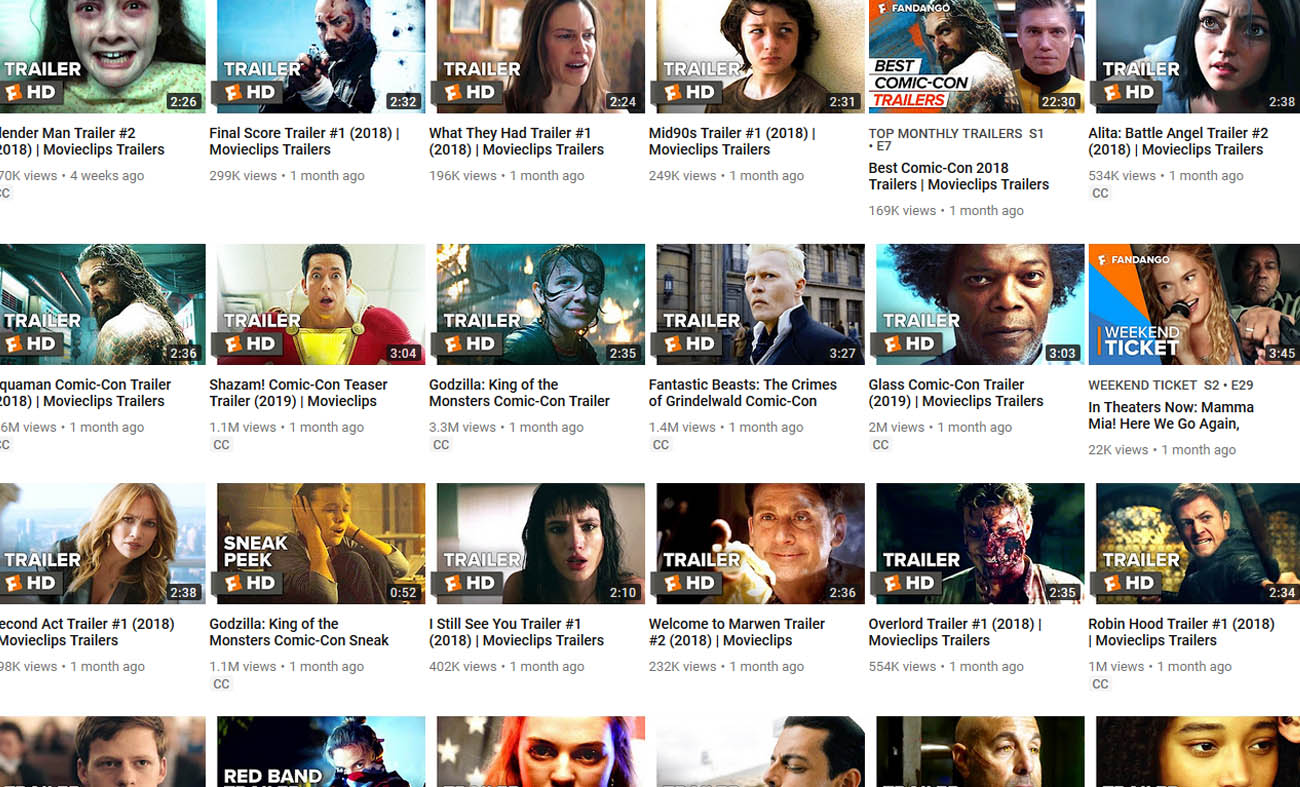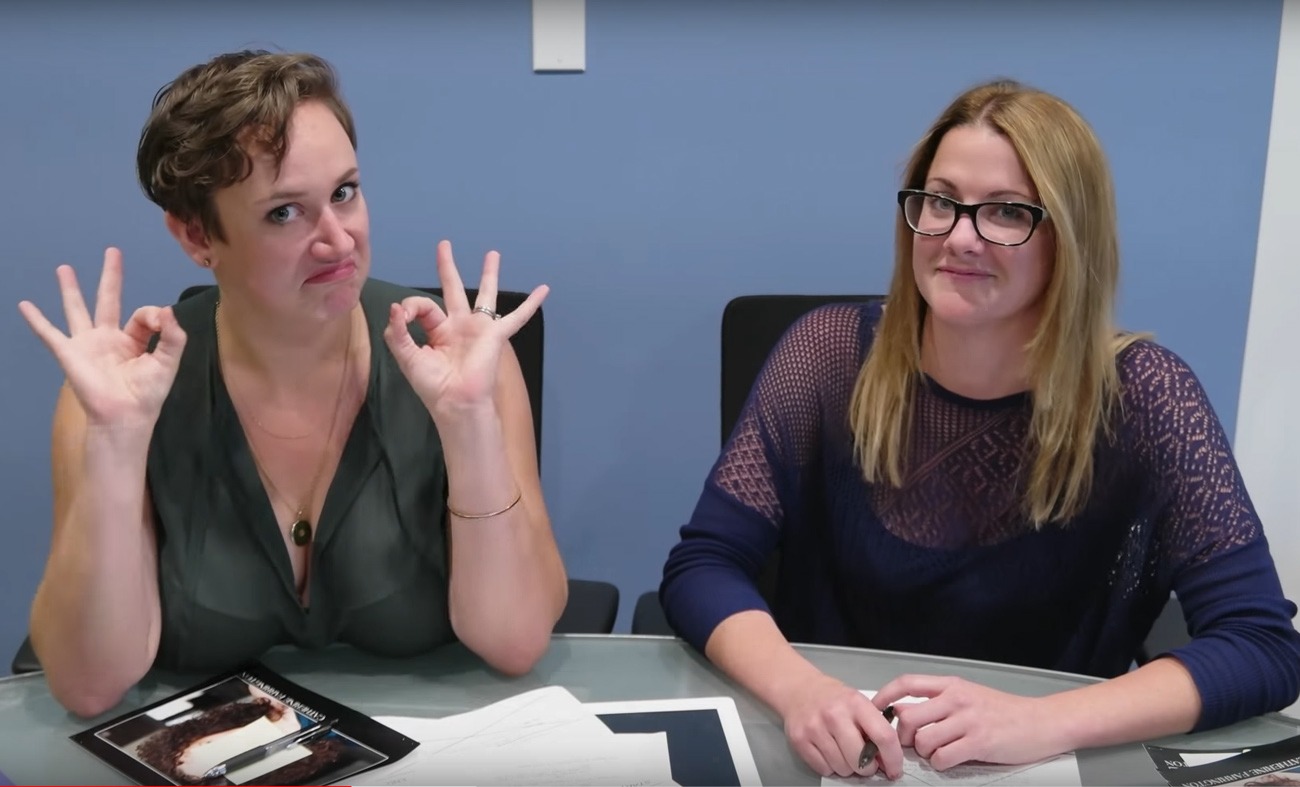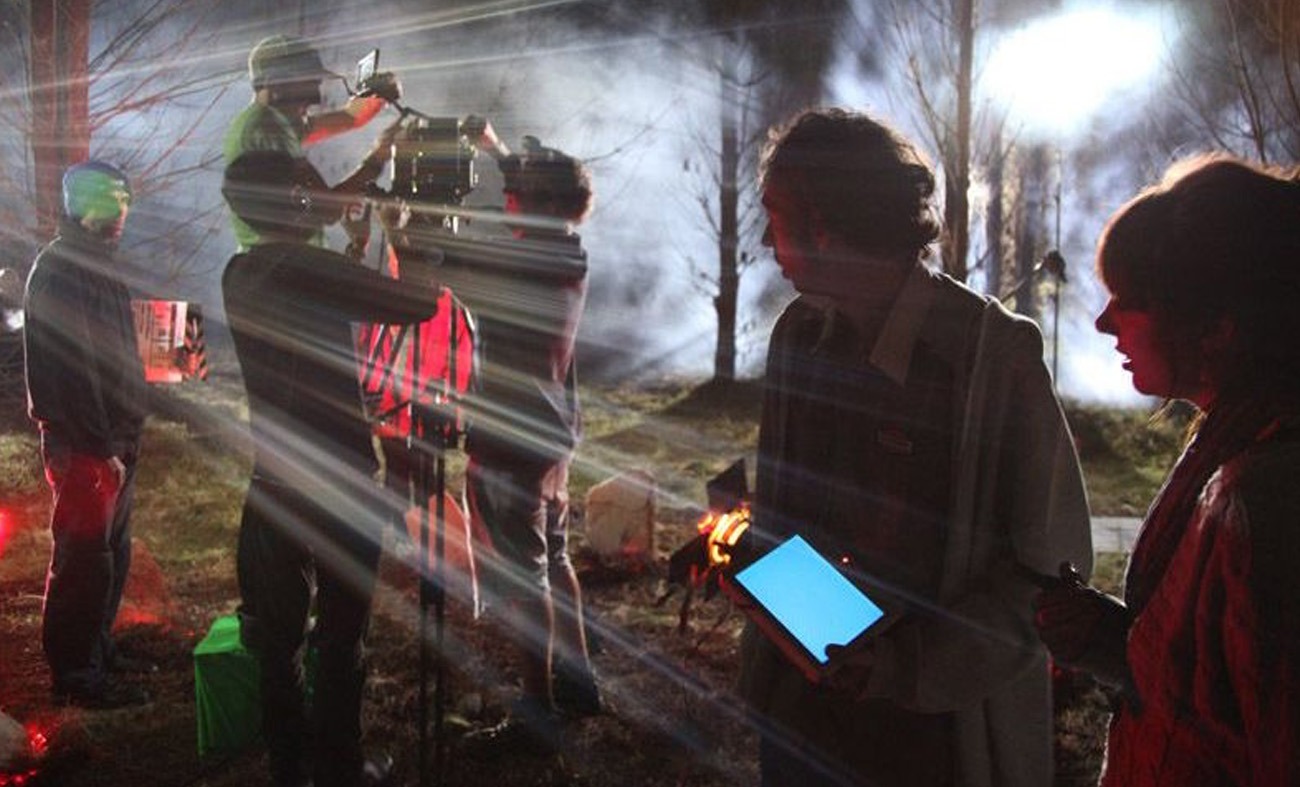
How To Edit A Trailer
It is not unheard off to hear stories where a great trailer alone was all that was needed to secure distribution, seeing as this is what sells the film to audience members anyway. Here we discuss some tips on how to edit a trailer to a standard that will impress distributors and sales agents enough to take a closer look at your finished film.
You can argue that this should be in “Post-Production” and not “Distribution“, but seeing as a trailer is used to sell a film, to distributors and audiences alike, we went with distribution.
Bellow we have the trailer for “Dead Wood”, an Indie horror film from 2009. This is ORIGINAL trailer the makers of the film put together.
WATCH THIS FIRST.
Did you make it all the way through? You did? Well, you are more patient than most.
Now watch the trailer LIONSGATE put together after they bought the film.
WATCH THIS SECOND.
How To Edit A Trailer
-
- Watch as many trailers in the same genre as you can. See which ones you (and others) like most. See where the similarities are. How quick/slow the editing is. What kind of music they are using, how much action vs dialogue are they showing. These films usually follow similar patterns, and that’s because theses patterns work and help sell the film, which is what you are trying to do.
- Use the best bits. People are always afraid of giving away too much of their film, hopefully, you will have enough great moments in your film to give up 1:30-2 minutes worth of them for the trailer. Again, you are trying to sell the film, and using weaker scenes is just going to hold you back in an already tough race.
- Use Act 1 and 2. When people watch trailers and say “Oh we have just seen all the best bits” what they are really annoyed about is seeing too much of the plot and spoilers. Try and take the best moments from act 1, the set up to the film, allowing audiences and distributors to know what your film is about, and act 2, the premise and hook of the film which is the part that’s going to sell your film. You can of course still uses scenes from the 3rd Act, just make sure it doesn’t give away too much of the plot or any twist endings.
- Music/Rhythm/Structure. These 3 things all work together. Your trailer should follow a rough 3 act structure. The 1st act should show your characters and their setting, the second act showing the complication/obstacles they have to face, and ending with act 3, showing how these issues become intensified. Remember, you are mainly taking scenes from Act 1 and 2 of your film, not creating a mini version of your film with a full ending. Your aim with the trailer is to build excitement and it’s through rhythm and pacing that you can achieve this. It doesn’t matter how great it looks and how many awesome scenes were put in the trailer, if there is no rhythm, no one will respond to it.
A great way of doing this is with music. There are hundreds of places online to find free or cheap trailer music. Spend some time doing some research and find the best tracks to fit your film/trailer. Then pick a couple of tracks. Very rarely will you find a trailer that just uses one track. Watch the trailer above again, it has an upbeat fun track for the 1st act. Then as the horrors start we move into a darker more intense track, reinforcing the troubles they face in the woods.
Just like your film, your trailer will flow and change and the music needs to represent that too. - What’s going to happen? The whole point of the trailer is to sell your film and get people asking, ‘what’s going to happen?’. So make sure you end the trailer as such.
- Edit. Once you have a cut for your trailer, edit it again. And again. And again. Lose every frame that doesn’t show your film at its best. Make sure the audio is clean and easy to hear. If you are cutting to the beat of the track, make sure it really does cut exactly on the beat, a missed cut can really through audience’s off. Just keep going over it, because you only get to make one first impression, and it might be the difference between a pass, and a distribution deal.

